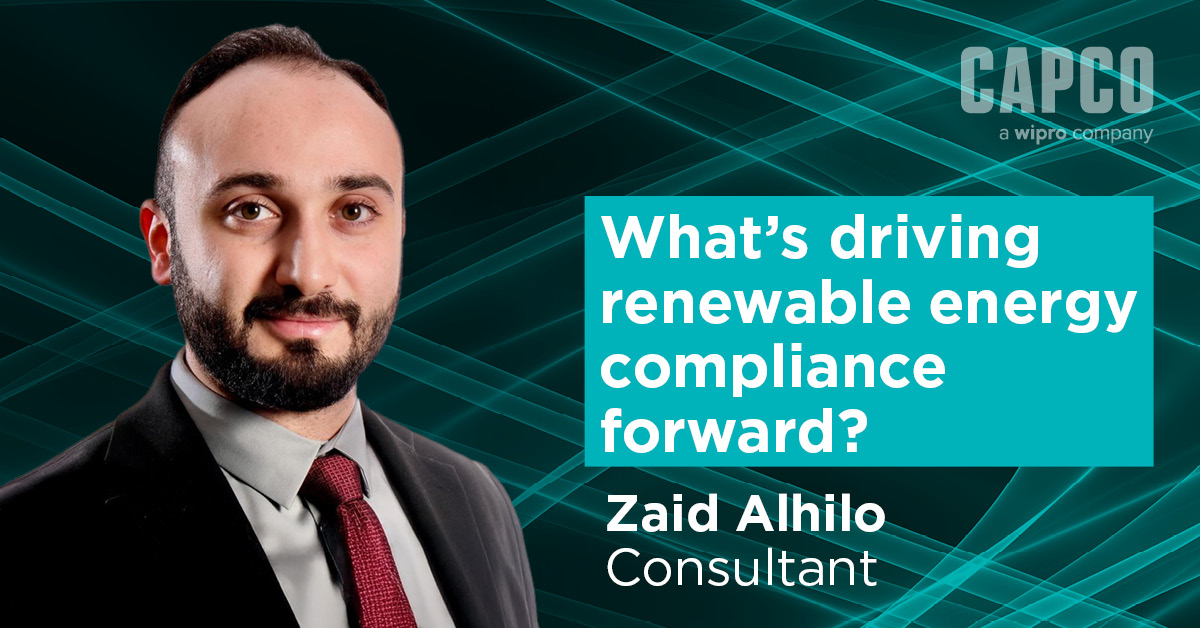Utility-scale battery energy storage systems (BESS) are growing rapidly across the U.S., with installations increasing 196% in the past year alone. The most common use case for BESS is for frequency response markets, which offer new revenue streams for both storage and renewable energy assets along with capacity markets.
It’s not enough, however, to merely participate in market programs. To truly maximize the value of your assets, you must optimize your participation in market programs and incentives.
Clean energy and storage capacity are both growing at extraordinary rates. As this growth takes shape, market competition will increase while frequency regulation prices drop. Those asset owners who can optimize asset performance, strategically schedule and bid energy into the markets, and capitalize on incentive programs will be best positioned to remain competitive and drive the most revenue.
Taking Advantage of Additional Revenue Streams in Massachusetts
BESS owners and operators have traditionally used ramp-based generation profiles to guide storage dispatch and charging. However, that method does not account for many important variables, meaning owners miss out on revenue. A more modern approach to battery storage via data integration from multiple sources enables holistic, data-driven, and automated scheduling and bidding decisions.
It’s now possible to maximize attainable market revenue by deploying algorithms that account for the technology constraints and operational performance of generation and storage assets. The algorithms also account for external factors, including market participation rules and limitations, day-ahead and real-time pricing forecasts, weather forecasts, and the benefit structures of available incentive programs.
In Bellingham, Massachusetts, a 4.4 MW solar installation on a capped landfill with 2.6 MW of BESS is a prime example of the value of optimization. Using algorithms to update bids in the real-time market based on price forecasts, the installation assets can increase revenue and remain competitive while participating in the ISO-NE regulation and capacity markets, as well as Solar Massachusetts Renewable Targets (SMART) and Massachusetts Clean Peak Energy programs.
Inside A Solar-Plus-Storage Optimization Engine
The optimization process at Bellingham begins by performing enhanced data intake to pull in various data sources, including ISO pricing, weather data, solar forecasts, and third-party energy forecasts. The data is then validated and stored in a secure data warehouse, where multiple systems can use it. The process also includes real-time information from the storage asset, like state-of-charge and availability.
Fronted by a user interface that addresses bids, offers, awards, performance, outages, and settlements, data is pulled from the data warehouse and run through the bid offer optimization database. The data also runs through forecasting and asset analytics processes to manipulate, translate, and create new data sets that will be securely stored and run through the optimization engine. Machine learning drives the forecasting engine based on historical energy use data, weather data, and other inputs to determine how much energy should be dispatched. This forecasting is crucial to battery storage optimization, ensuring the highest net revenue-producing schedule for a day is based on proper pricing and solar production forecasts.
For example, this approach determines which hours of the day produce the best and worst results on the regulation market. Those results are passed to the optimization engine, where machine learning creates an optimum schedule for bids and offers, which are automatically submitted to the ISO using the market results and self-scheduled dispatch. This final optimization step is what ultimately maximizes revenue for storage resources across multiple revenue sources.
The optimization model generates separate sets of bids-offers for the renewable generator asset and the storage asset. The bids and offers are generated by maximizing the combined revenue of both assets based on the day-ahead forecasts of renewable generation and market prices. Bids and offers also consider power rating and efficiencies of the converts placed at the point of interconnect. In hours with negative locational marginal pricing (LMP), when the prices are more in magnitude than the Solar Renewable Energy Credits (SREC) price, the model chooses to curtail renewable generation or charge the storage based on considerations to maximize attainable revenue on that day.
Maximizing Asset Value With Additional Revenue Streams
Balancing dispatch across multiple revenue streams through optimization can maximize the value of storage assets. Machine learning and automation are crucial to a process that, if manual, would involve expert-level spreadsheet skills and hours of wrangling data from cell to cell.
What’s more, this kind of optimization minimizes wear and tear on equipment. The Bellingham site set parameters to limit the number of cycles per year or per day. Optimization thus ensures the site is earning as much revenue as possible for the cycle schedule it chooses.
Overall, the end-to-end, bid-offer optimization platform for the energy storage system at Bellingham boosted storage revenues by 21% and extended lifespan and performance.
Depending on the revenue available in your area, a dynamic and agile strategy for bidding in the electricity market can be a game-changer in today’s competitive environment. Optimizing revenue in a hybrid-capable way streamlines storage system characteristics and operational performance and accounts for external environmental factors, providing a pathway for asset owners to achieve sustained profitability and customer satisfaction.
By: Erik Paulson Vice President of Wholesale Market Services for Customized Energy Solutions (CES),










